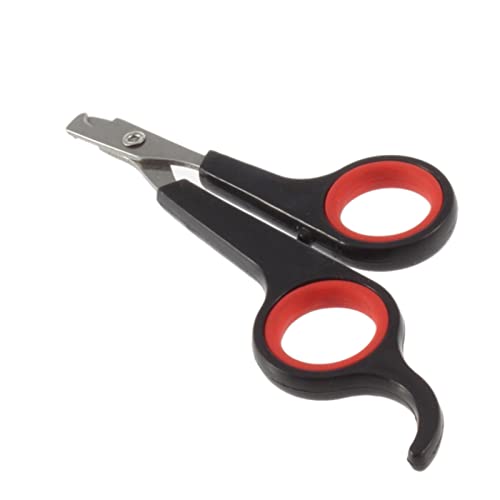rabbitgirl
Well-Known Member
and we were wondering about outcrossing vs.linebreeding. Gypsy said she'd heard that outcrossing can: "bringin unwanted genetics, colors,and deformities, and someunwanted organ damage" (is the quote ok, gypsy?)but she wasn't sure, and I thought I'd heard thatinbreeding/linebreeding affects the genetic hardiness of the stock.Like, if both the parents carry a recessivegenetic defect,then it will pop up in the babies, and too many generations inbred canmake them more prone to sudden death (where did I read that?).
So we couldn't figure it out, and gypsy said we should ask you! Oh great Pam, inquiring minds want to know!
Oh great Pam, inquiring minds want to know!
Thanks on behalf of both of us!

Rose
So we couldn't figure it out, and gypsy said we should ask you!
Thanks on behalf of both of us!
Rose






































































